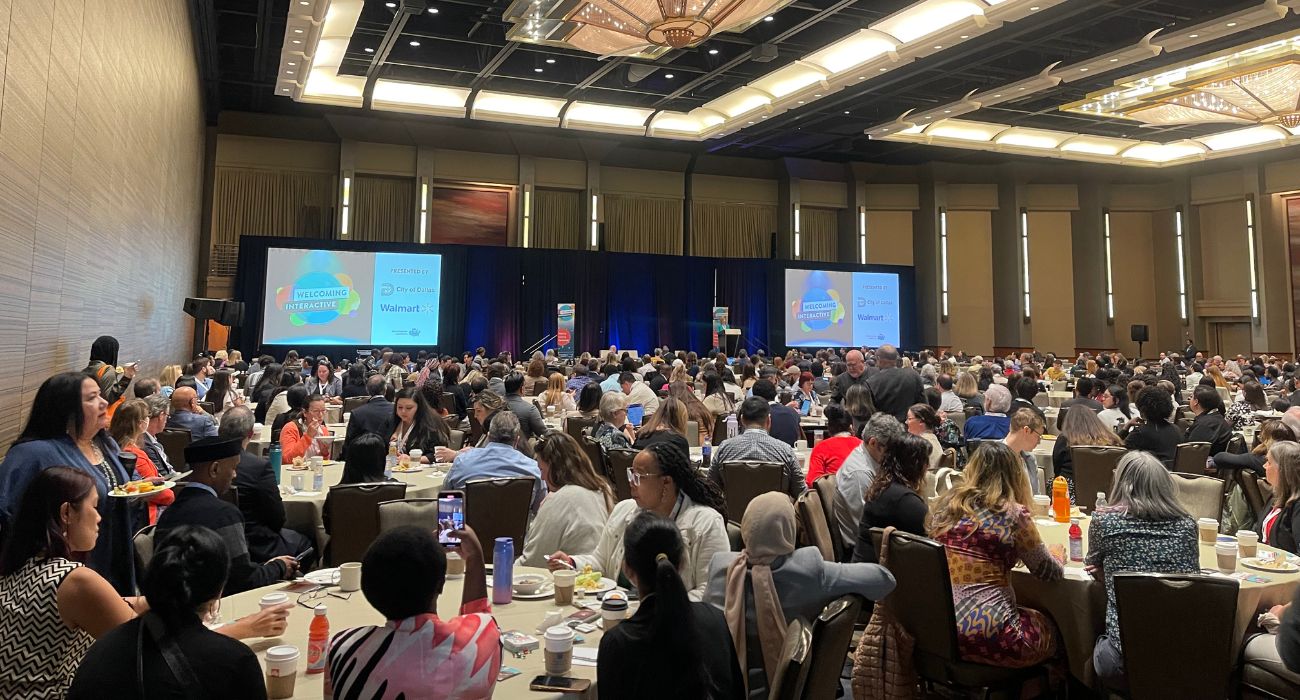By the time Robert and Kathy Vincent’s son Matthew graduated from Southern Methodist University in 2010, he had acquired a black cat named Max.
“Max had been rescued by a homeless lady in Dallas who had given the kitten to Matthew’s girlfriend’s mother,” said Mr. Vincent, author of “From the Pocket of an Overcoat.” “She took the cat home to their family of dogs.”
The Vincents told the Dallas Express that when their son saw Max, he noticed the cat had begun to act like a dog due to his adopted family.
“Matthew liked the kitty and his girlfriend’s mom had so many animals that it was a practical solution to give Matt the kitty,” Ms. Vincent said.
Although he was not a children’s book author at the time, Max’s journey was so compelling to Mr. Vincent that he decided to write about it.
“The fact that the homeless woman had the cat and Matthew’s girlfriend’s mother was kind enough to take the cat to her family of dogs where the kitty started mimicking dog behavior, I thought was a great angle for a book,” he said. “I wanted to briefly touch upon homeless people in general and I think that it worked at the beginning of the story.”
Mr. Vincent followed through in writing and illustrating “From the Pocket of an Overcoat”; however, he had no luck finding a traditional publisher.
“I shopped it to a couple of publishing houses and it got rejected,” Ms. Vincent said. “We weren’t going to waste any more time doing that because we had this vision so we decided to save our money and publish it ourselves. We felt strongly about it.”
The book will sell on Barnes & Noble online and Amazon, beginning November 22.
“It’s a very touching story and more children-oriented because Max is a kitty,” Mr. Vincent said. “The characters were popping up in my head. I actually had nailed the story down in my head and then I concentrated specifically on mapping out the illustrations and the characters.”
A portion of each book sold will be donated to organizations that promote animal rescue and adoption, such as The Humane Society, Best Friends, and Alley Cat Allies.
Max, the cat, is currently living with the couple’s son in California.
“Self-identity and acceptance are introduced in the book when Max moves in with Farmer Buckles and the dogs and is not certain on how he should behave,” Mr. Vincent said. “There’s no significance to the cat being black. Max just happens to be a black cat.”
Max was lucky to be adopted, given the statistics. Superstition can impact the rate at which black cats are adopted and the rate at which they are euthanized in animal shelters, according to media reports.
“It’s funny because sometimes black cats have better personalities,” said Leigh Sessler, founder of Dallas Cat Lady, “They can be more outgoing and friendly. It seems like they know they have to be a little more interactive because people are sometimes not wanting a black cat.”
As previously reported, superstition around black cats dates back to the 13th century when Catholic Pope Gregory IX mentioned black cats in Vox in Rama, a church document about Luciferianism.
“In many other countries around the world, black cats are good luck and white cats are considered to bring bad luck but here in the U.S. it goes the other way,” she said. “It just depends on how people are raised. If their parents were superstitious about black kitties, then the kids probably are also. You just go with what you learn when you’re a kid.”
Sessler has always had a black cat and is especially protective during the Halloween season.
“It’s traditional in the rescue community not to have black cats or black dogs readily available close to Halloween,” she said. “My concern with black kitties that live outside during Halloween season is that it’s dark and they’re more vulnerable because they’re not so visible. There are always sick people out there that hurt cats and they do that year-round.”
In the fifteen years that Dallas Cat Lady has been in operation, Sessler noticed that people have specific reactions to the color of a cat’s fur, whether it’s one way or another.
“Sometimes, if there’s a black kitten, a white one, orange one, or Siamese, they are more interested in that but if there’s a litter of orange tabby kittens and one black kitty, the children like the black kitty better,” she said. “I’ve had parents encourage their child to pick the orange one and the child says ‘No. I want the black one.’”






